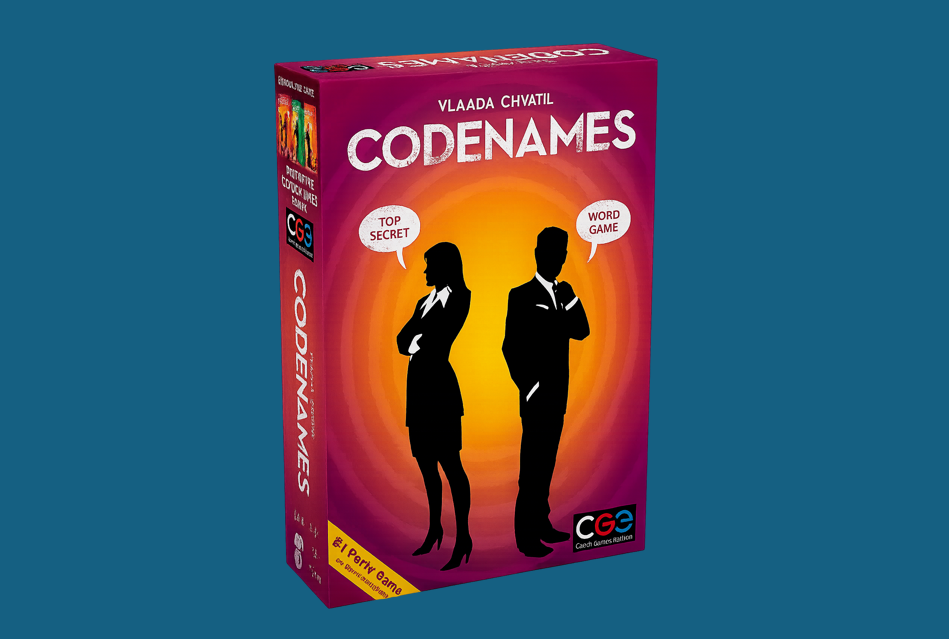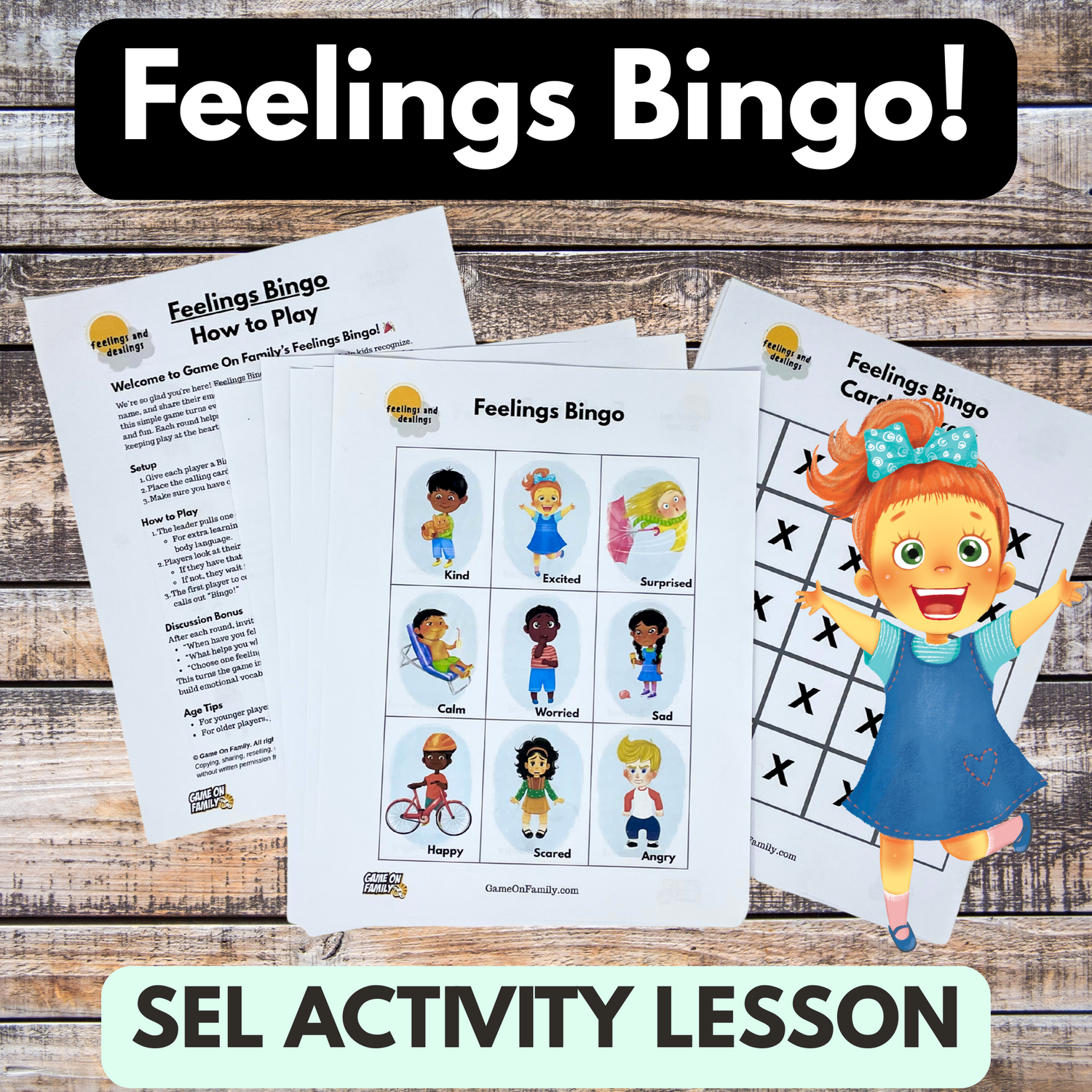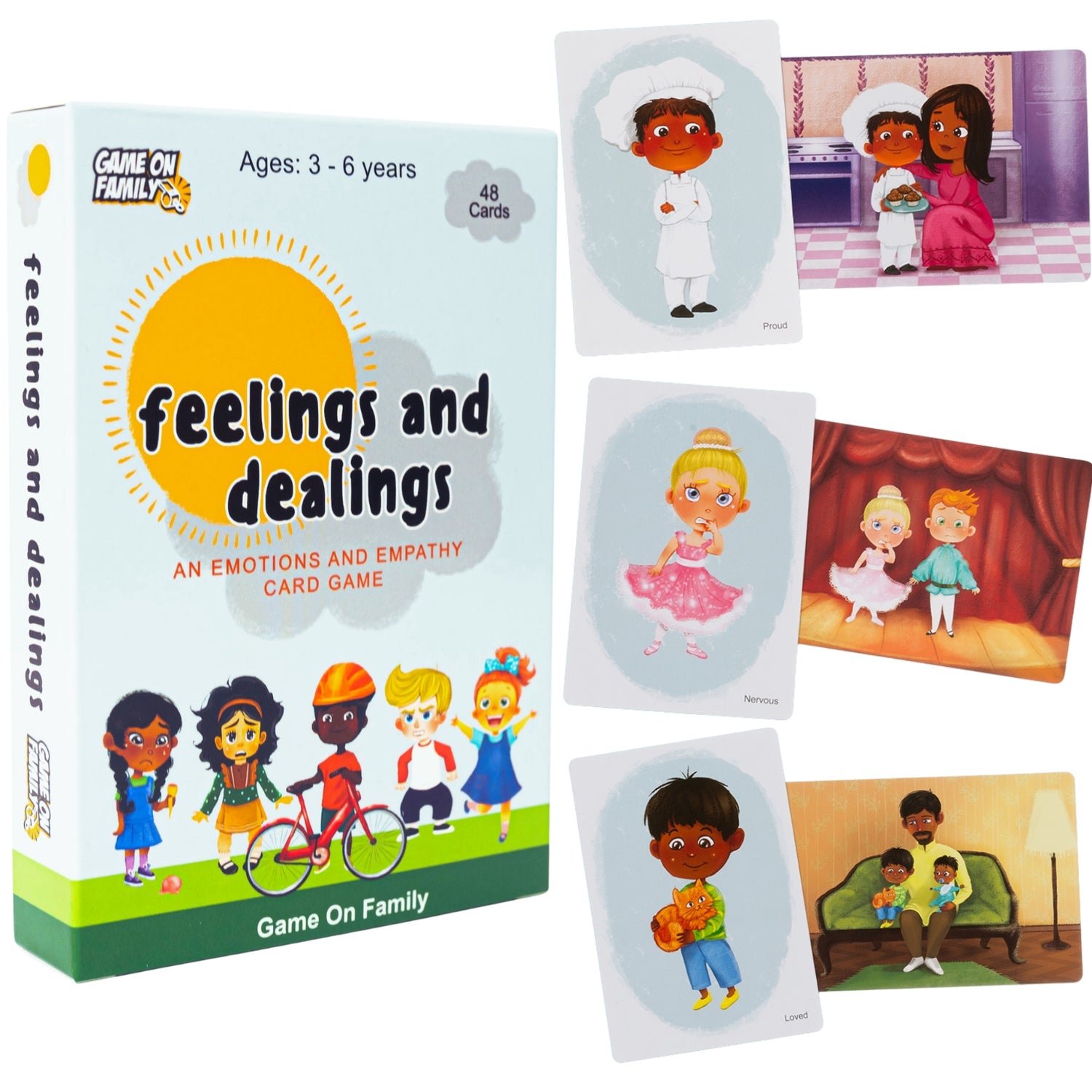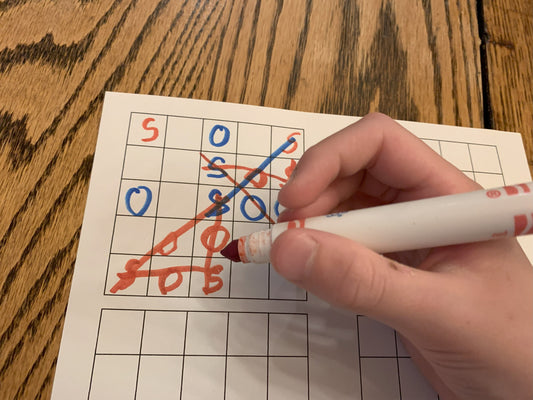
How to Play Codenames | Rules, Teams & Tips
Share
Codenames is a clever word association party game where teams compete to uncover secret words based on clues from their Spymaster. It’s a mix of strategy, communication, and creativity — and it’s become one of the most popular family and party games of the last decade.
Game Age
Recommended for ages 10 and up. With a little adaptation (like skipping tricky words), younger kids can join in too.
Game Length
A typical game of Codenames lasts about 15–30 minutes.
Why It’s Good for Families
Codenames is a family favorite because it’s:
- Easy to learn — rules take just a few minutes to explain.
- Fun for mixed ages — kids love guessing while adults enjoy the deeper wordplay and clue-giving.
- Team-based — no one gets left out; everyone’s working together.
- Replayable — the huge mix of words makes every game different.
In my family, we’ve had some hilarious moments when a Spymaster gave what they thought was a perfect clue, only for the team to go in a completely different direction. Watching the table explode in laughter when someone makes a wild (but logical!) connection is part of the magic.
Skills Learned
- Vocabulary & word associations – stretching how you connect words.
- Critical thinking – weighing risk vs reward when guessing.
- Team communication – discussing without giving away too much.
- Memory & focus – remembering past guesses and keeping track of possibilities.
How to Play (Step by Step)
Step 1: Gather players and the game
Codenames requires at least 4 players and works best with 6–8. Grab the game box with word cards, key cards, and agent markers.
Step 2: Divide into two teams
Split into red team and blue team. Each team chooses a Spymaster (who gives clues) and the rest play as Field Operatives (who guess).
There isn’t an official rule for picking teams — families usually just split evenly by number or mix things up to balance skills.
Step 3: Lay out the word grid
Place 25 random word cards in a 5×5 grid on the table, visible to everyone.
Step 4: Choose a key card
The Spymasters draw a key card that shows which words belong to the red team, blue team, neutral, and the assassin. Only Spymasters can see this card.
Step 5: Take turns giving clues and making guesses
On your team’s turn:
- The Spymaster gives a one-word clue plus a number.
- The clue relates to one or more of your team’s words.
- The number tells your teammates how many words it applies to.
Example: “Ocean: 2” might hint at “Whale” and “Shark.”
Only the active team’s Field Operatives discuss and make guesses. They touch cards to lock in choices:
- If it’s your team’s word → cover it with your team’s agent card.
- If it’s the other team’s word → cover it with their agent card.
- If it’s neutral → cover it with a neutral marker.
- If it’s the assassin → the game ends immediately, and your team loses.
Teams may guess up to the number given by the Spymaster, plus one optional extra guess. The turn ends when the team decides to stop or guesses wrong.
Step 6: Alternate turns
Teams take turns following the same process: clue, discussion, and guesses.
Step 7: Continue until someone wins
Play continues until one team has correctly identified all of their words or a team loses instantly by guessing the assassin.
Rules Summary
- Divide into two teams, each with a Spymaster and Operatives.
- Spymasters can only give one-word clues + a number.
- Operatives must guess based on those clues.
- You can guess up to the clue number + 1 extra.
- Hitting the assassin word ends the game instantly.
- First team to uncover all of their words wins.
Strategy Tips
- For Spymasters: Think carefully about how words connect — sometimes the best clue links unexpected words.
- For Operatives: Talk openly, but don’t overthink. The obvious clue is often the right one.
- For both: Keep track of what’s been guessed to avoid accidental repeats.
In my family, the funniest moments come when someone makes a totally logical but unintended connection. Like when “apple” and “doctor” were on the board, and the Spymaster’s clue was “fruit”… you can imagine how sideways that went.
Variations
- Codenames: Pictures – instead of words, you use abstract illustrations.
- Codenames: Duet – a cooperative 2-player version.
- Themed Editions – like Disney, Marvel, and Harry Potter.
- House rules – some families allow “two-word” clues if it makes sense (though officially it’s not allowed).
FAQs
Can you use two-word clues in Codenames?
Officially, no — Spymasters can only use one-word clues. But many families house-rule two-word phrases.
What happens if someone touches the assassin card?
The game ends immediately, and that team loses.
Can the Spymaster give clues that sound like the word?
No, you can’t give direct hints like rhymes, spelling, or saying part of the word.
Is Codenames good for kids?
Yes! Kids love it, especially if you adapt by removing tough words. The family and Disney editions are especially kid-friendly.
How many people can play?
Technically unlimited, but 4–10 works best.
Final Thoughts
Codenames is one of those rare games that works just as well for families as it does for adults at a party. It’s clever, silly, and endlessly replayable. At our house, it’s always in the top rotation for family game night.







